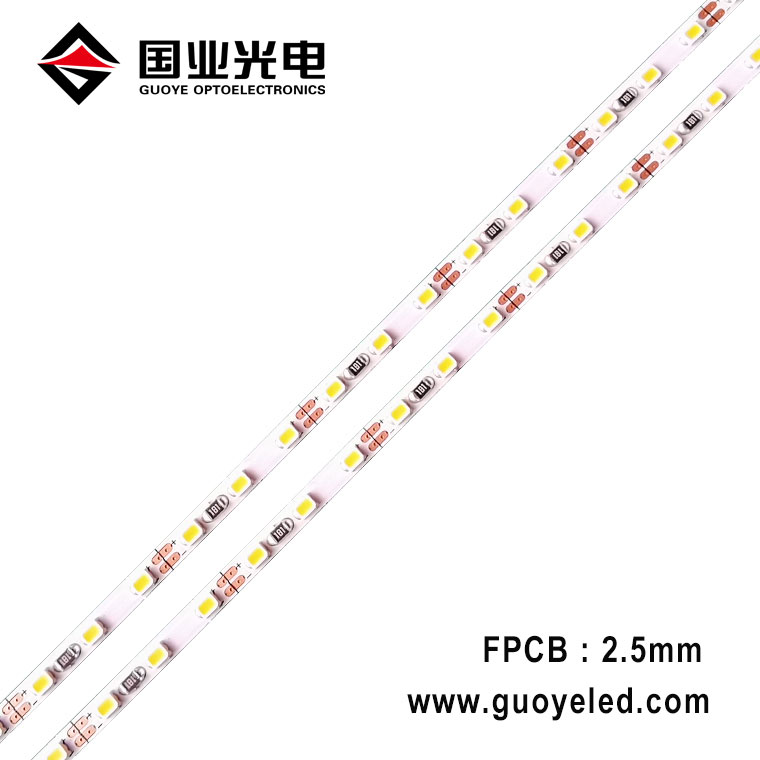Understanding the Difference: How Does a TFT Display Differ from Other Types of LCD Displays
2024-05-23
Liquid Crystal Display (LCD) technology has been a cornerstone of visual displays for decades, evolving into various forms to meet different needs. Among the many types of LCDs, TFT (Thin-Film Transistor) displays stand out for their superior performance and versatility. In this blog, we'll explore how TFT displays differ from other types of LCD displays and why they are often preferred in many applications.
Basics of LCD Technology
LCDs work by manipulating light to display images. They use liquid crystals sandwiched between two layers of polarizing material. When an electric current is applied, these crystals align to either block or allow light to pass through, creating images.
Types of LCD Displays
1. Passive Matrix LCD (PMLCD)
Passive Matrix LCDs are one of the earliest forms of LCD technology. They operate by controlling pixels through intersecting conductive grids.
Advantages:
- Simple and inexpensive to produce.
- Lower power consumption.
Disadvantages:
- Slower response times.
- Lower contrast and resolution.
- Limited viewing angles.
2. Active Matrix LCD (AMLCD)
Active Matrix LCDs use a grid of thin-film transistors (TFTs) and capacitors to control individual pixels.
Advantages:
- Faster response times.
- Higher resolution and better image quality.
- Improved viewing angles.
Disadvantages:
- More complex and expensive to manufacture compared to passive matrix displays.
3. In-Plane Switching (IPS) LCD
IPS technology is a subtype of Active Matrix LCD designed to improve viewing angles and color reproduction.
Advantages:
- Excellent color accuracy and consistency.
- Wider viewing angles compared to standard TFT displays.
Disadvantages:
- Higher power consumption.
- More expensive than standard TFT displays.
Key Differences: TFT vs. Other Types of LCDs
1. Image Quality and Resolution
TFT Displays:
- Each pixel is controlled by its own transistor, allowing for high resolution and excellent image quality.
- Superior brightness and contrast compared to passive matrix displays.
Other LCDs:
- Passive matrix displays suffer from lower resolution and slower response times.
- Standard active matrix displays (excluding IPS) may not offer the same level of color accuracy and viewing angles as TFT displays.
2. Response Time
TFT Displays:
- TFT technology offers fast response times, which is crucial for applications requiring rapid screen updates, such as video playback and gaming.
Other LCDs:
- Passive matrix displays have significantly slower response times, leading to motion blur and ghosting effects.
- IPS displays, while better in color and viewing angles, may have slower response times compared to standard TFT displays.
3. Viewing Angles
TFT Displays:
- Standard TFT displays offer reasonable viewing angles, but this can vary based on the specific technology used.
- Enhanced versions, such as IPS, provide much wider viewing angles.
Other LCDs:
- Passive matrix displays have poor viewing angles, with significant color and contrast degradation when viewed off-axis.
- IPS displays excel in providing wide viewing angles without color distortion.
4. Power Consumption
TFT Displays:
- Generally, TFT displays consume more power than passive matrix displays due to the active components controlling each pixel.
- However, advancements in technology have led to more power-efficient TFT displays.
Other LCDs:
- Passive matrix displays are more power-efficient but at the cost of image quality and performance.
- IPS displays consume more power than standard TFT displays due to the more complex control of liquid crystals.
5. Cost and Manufacturing Complexity
TFT Displays:
- More complex to manufacture, leading to higher costs compared to passive matrix displays.
- The cost is justified by the superior performance and image quality.
Other LCDs:
- Passive matrix displays are cheaper to produce but offer lower performance.
- IPS displays are more expensive than standard TFT due to better performance in color reproduction and viewing angles.
Applications of TFT Displays
TFT displays are widely used in a variety of applications due to their superior performance:
- Smartphones and Tablets: High-resolution screens with vibrant colors and fast touch response.
- Laptops and Monitors: Clear and sharp displays for productivity and entertainment.
- Televisions: Large-screen TVs with excellent picture quality and wide viewing angles.
- Automotive Displays: Dashboard displays and navigation systems with high visibility.
- Medical Devices: Accurate and reliable screens for diagnostics and monitoring.
Conclusion
TFT displays represent a significant advancement over other types of LCD displays, offering better image quality, faster response times, and improved viewing angles. While they are more complex and expensive to manufacture, their benefits make them the preferred choice for many high-performance applications. Understanding these differences helps in making informed decisions when selecting display technology for various needs, ensuring the best balance between performance, cost, and application requirements.



